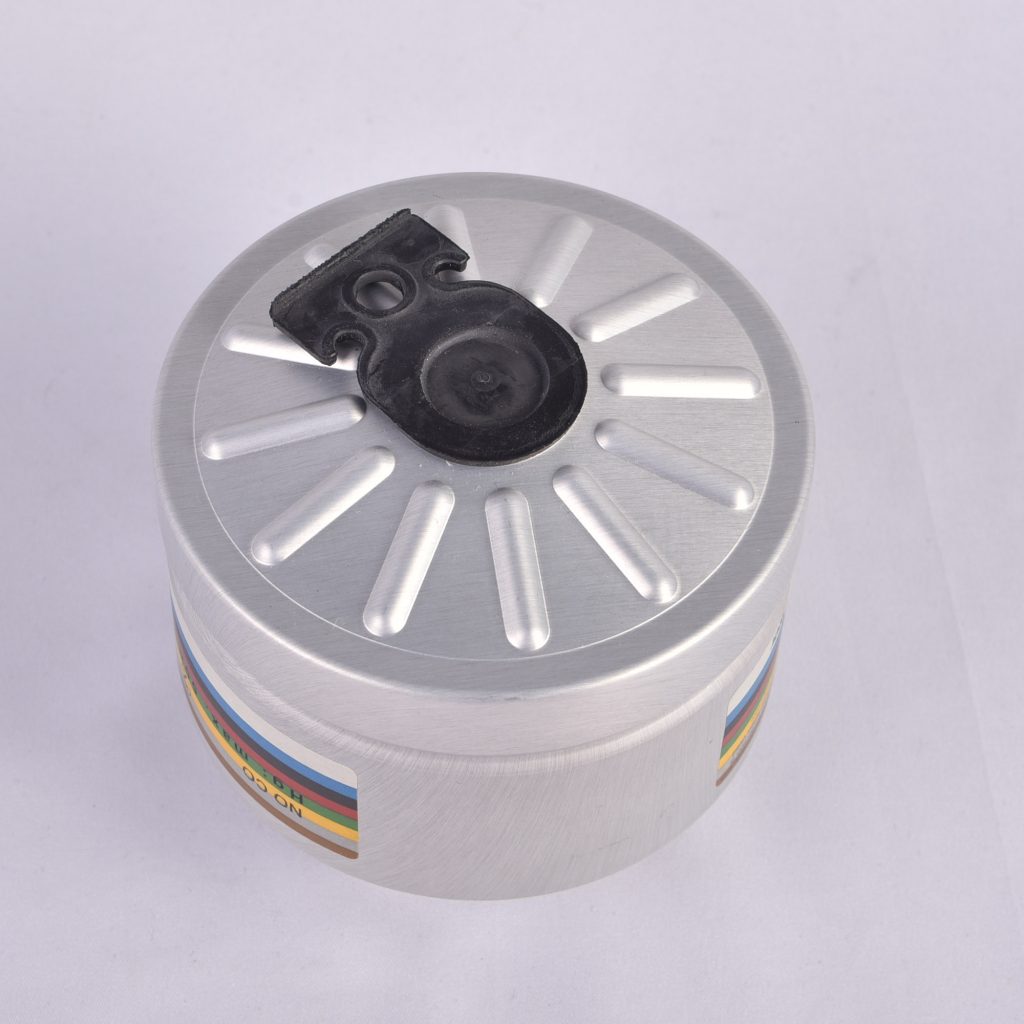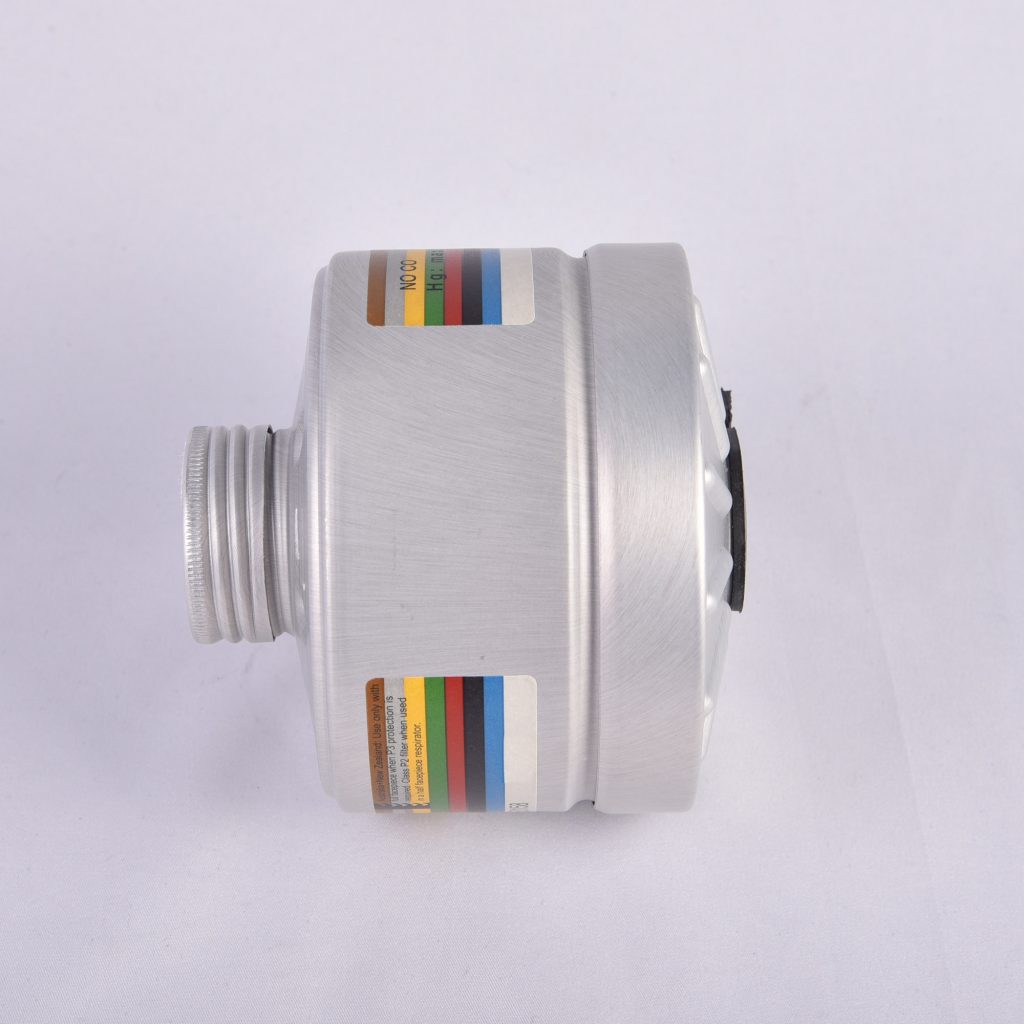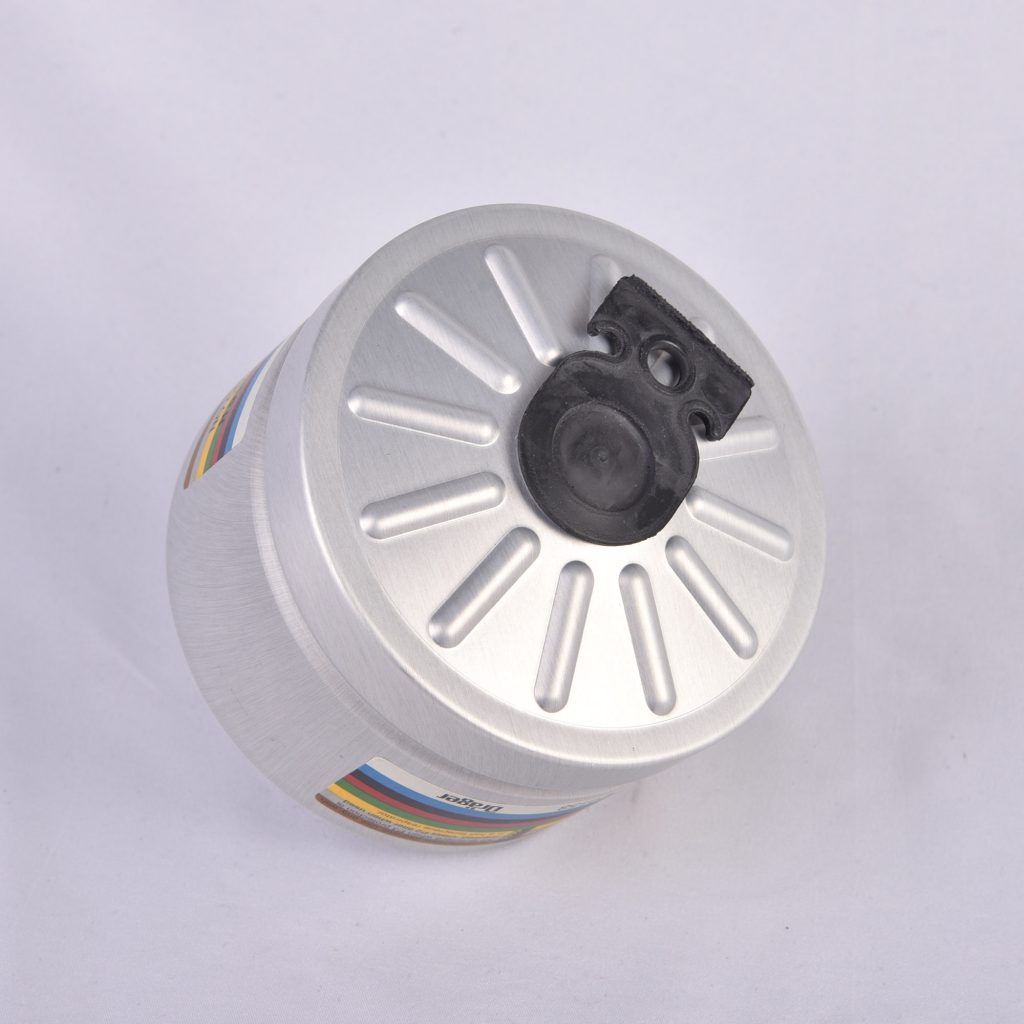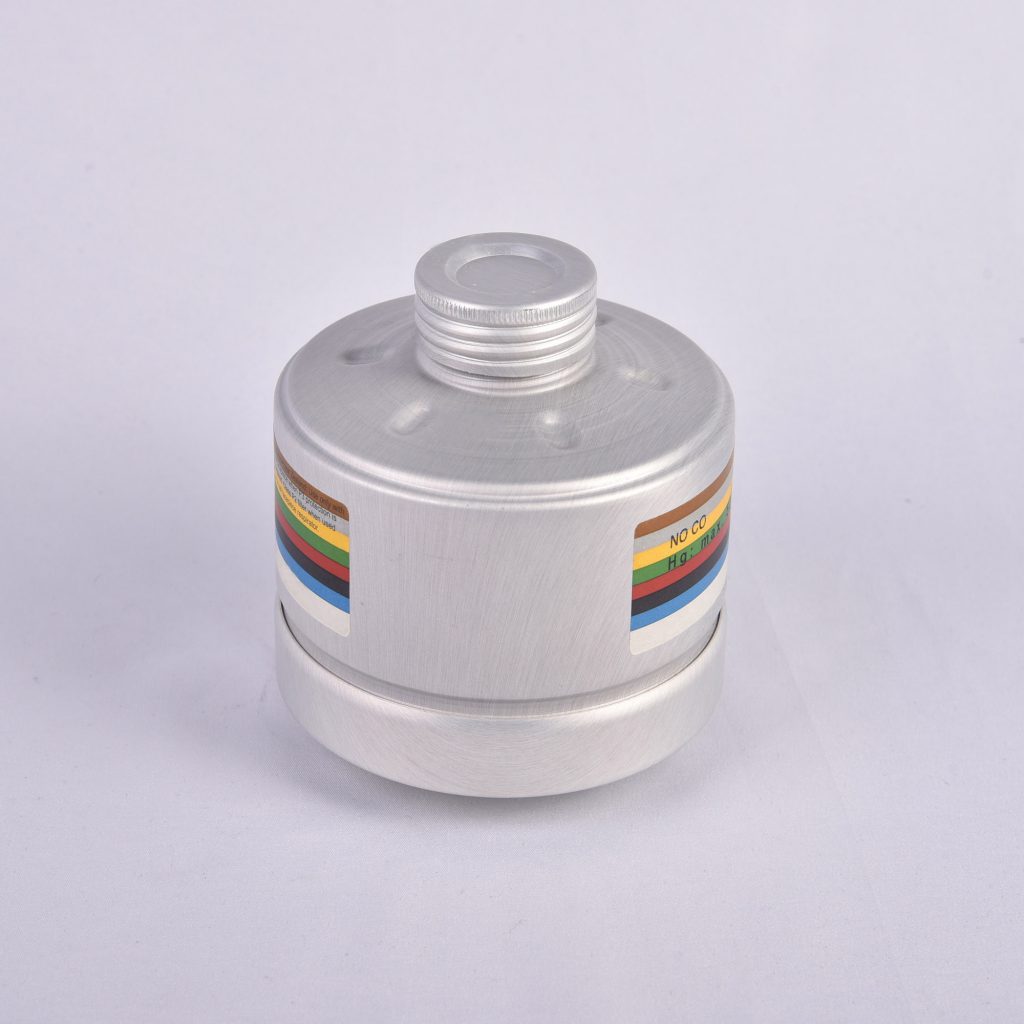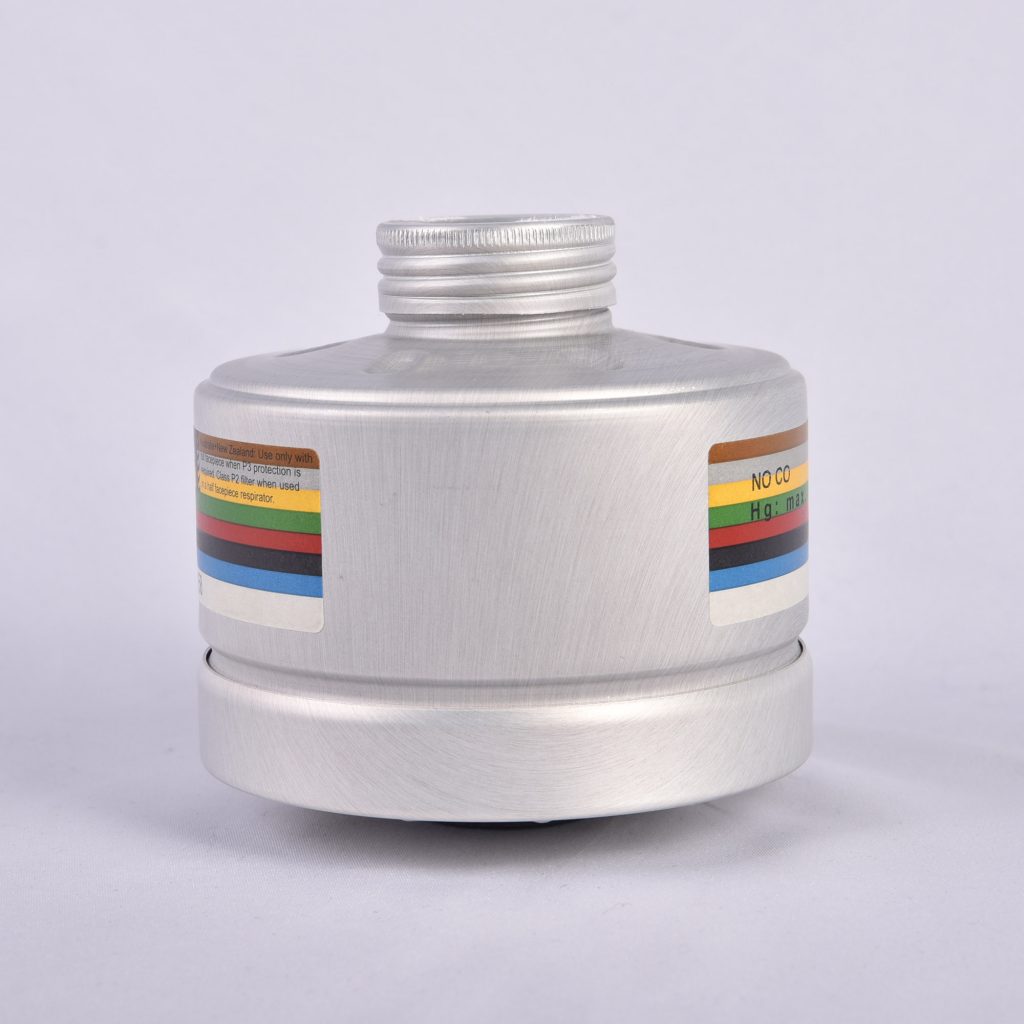
Aluminum Housing for Gas Mask Filter
- Material: Aluminum Alloy
- Open:40mm, 60mm
- MOQ: 10,000 PCS
- Custom size accept
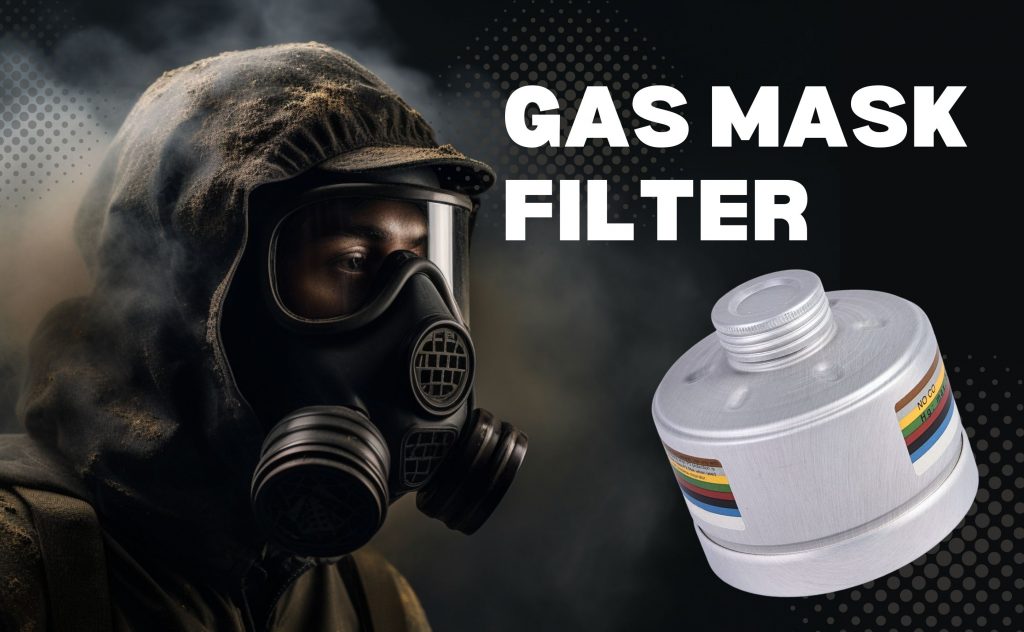
A gas mask filter is a device that is used in conjunction with a gas mask to filter out harmful gases and particles in the air. These filters are essential in protecting individuals from a range of hazardous substances, including chemical and biological agents, dust, smoke, and other airborne pollutants.
The use of gas mask filters is critical in a range of settings, including military operations, emergency response situations, industrial workplaces, and healthcare facilities. Without proper filtration, exposure to these harmful substances can lead to severe health consequences, including respiratory distress, lung damage, and even death. Therefore, gas mask filters play a vital role in protecting individuals from these risks.
Gas Mask Filter Types
Gas mask filters come in different types, each designed to protect against specific hazards. The three primary types of gas mask filters are:
Particulate filters: These filters are designed to capture and remove particulate matter, such as dust, smoke, and other solid or liquid particles from the air. Particulate filters are usually made of electrostatically charged fibers or activated carbon, which attracts and traps the particles as they pass through the filter.
Chemical filters: Chemical filters are designed to remove specific gases and vapors from the air, such as toxic chemicals and harmful gases. These filters are usually made of activated carbon, which adsorbs the gas molecules onto its surface, effectively removing them from the air.
Combination filters: Combination filters combine the filtration capabilities of both particulate and chemical filters, making them suitable for use in environments with multiple hazards. Combination filters can protect against a range of toxic gases, vapors, and particulate matter.
The type of filter needed depends on the specific hazards present in the environment. It is essential to choose the correct type of filter for maximum protection.
Nato Gas Mask Filter,Gp5 Gas Mask Filter,Cbrn Gas Mask Filter , Nbc Gas Mask Filter,Mp5 Gas Mask Filter
NATO Gas Mask Filter: A NATO gas mask filter is a type of filter that is designed to fit NATO gas masks. It is made with activated carbon and other materials to absorb various types of gases and particles, including chemical, biological, and radiological agents. NATO gas mask filters are typically interchangeable between different NATO gas masks.
GP5 Gas Mask Filter: A GP5 gas mask filter is a type of filter that is designed to fit the GP5 gas mask, which was a Soviet-made gas mask used during the Cold War. These filters are typically made with asbestos, which is a hazardous material that can cause respiratory problems and cancer.
CBRN Gas Mask Filter: CBRN stands for chemical, biological, radiological, and nuclear, and a CBRN gas mask filter is designed to protect against all of these types of hazards. These filters are typically made with advanced materials, such as activated carbon, to absorb a wide range of hazardous materials.
NBC Gas Mask Filter: NBC stands for nuclear, biological, and chemical, and an NBC gas mask filter is designed to protect against these types of hazards. These filters are typically made with activated carbon and other materials to absorb a wide range of hazardous materials.
MP5 Gas Mask Filter: An MP5 gas mask filter is a type of filter that is designed to fit the MP5 gas mask, which is used by various military and law enforcement agencies around the world. These filters are typically made with activated carbon and other materials to absorb a wide range of hazardous materials, including chemical and biological agents.
40mm gas mask filter & 60mm gas mask filter
The 40mm gas mask filter is a type of filter used in gas masks that has a diameter of 40mm. It is a standard size used in modern military gas masks, respirators, and civilian gas masks. 40mm filters are designed to protect against a range of hazardous gases and particulates, including nuclear, biological, and chemical agents. They are available in different types, including particulate filters, chemical filters, and combination filters.
On the other hand, the 60mm gas mask filter is a type of filter that has a diameter of 60mm. It is an older size used in vintage military gas masks and some older civilian gas masks. 60mm filters are designed to protect against similar types of hazards as the 40mm filters, but they are less common today. Due to their older design, 60mm filters are generally less efficient and less effective than modern filters. It is important to note that 60mm filters are not compatible with modern gas masks that use 40mm filters, and vice versa.
How Gas Mask Filters Work?
Gas mask filters work by using a combination of physical and chemical processes to remove hazardous particles and gases from the air.
The mechanism of gas mask filters varies depending on the type of filter, but in general, it involves one or more of the following processes:
Adsorption: This is a chemical process in which a gas or vapor molecule adheres to the surface of the filter material. Activated carbon is the most commonly used material for chemical filters, as it has a large surface area and can adsorb a wide range of chemicals.
Absorption: This is a process where a gas or vapor molecule is absorbed into the filter material. Absorption is commonly used in combination filters, where activated carbon is combined with other materials to increase the range of chemicals that can be removed.
Filtration: This is a physical process where particles are trapped in the filter material as they pass through it. Particulate filters use this process to remove solid or liquid particles from the air.
The filtration process of gas mask filters involves a series of layers of filter material, each designed to remove different types of particles or gases. The layers of filter material are arranged in a specific order, with the coarsest filter material on the outside and the finest on the inside.
As air passes through the filter, it is progressively cleaned of particles and gases. The cleaned air is then released through the gas mask’s exhaust valve. The effectiveness of the filter depends on the quality of the filter material and the design of the filter itself.
Factors to Consider When Choosing Gas Mask Filters
When choosing gas mask filters, several factors need to be considered to ensure maximum protection. These factors include:
Type of hazard or contaminant: Different filters are designed to protect against specific hazards or contaminants. Therefore, it is essential to identify the type of hazard present in the environment before choosing a filter.
Filter efficiency and effectiveness: The efficiency and effectiveness of a filter refer to its ability to remove contaminants from the air. Filters with higher efficiency ratings can remove more contaminants and provide better protection.
Filter lifespan and replacement: Gas mask filters have a limited lifespan and must be replaced regularly to ensure their continued effectiveness. The lifespan of a filter depends on several factors, including the concentration of contaminants in the air and the amount of time the filter is used.
Compatibility with the gas mask: Gas mask filters are designed to work with specific gas mask models. Therefore, it is essential to ensure that the filter chosen is compatible with the gas mask being used.
Overall, it is essential to choose the correct filter based on the specific hazards present in the environment and ensure that the filter is compatible with the gas mask being used. It is also important to regularly inspect and replace filters to maintain their effectiveness.
Maintenance and Care of Gas Mask Filters
To ensure that gas mask filters remain effective, proper maintenance and care are necessary. The following are some tips for maintaining and caring for gas mask filters:
Proper storage and handling of filters: Gas mask filters should be stored in a cool, dry place, away from direct sunlight, heat, or moisture. Filters should be handled carefully to prevent damage or contamination.
Inspection and replacement schedule: Filters should be inspected regularly to ensure they are in good condition and functioning correctly. The replacement schedule depends on several factors, including the type of filter, the level of exposure to contaminants, and the manufacturer’s recommendations.
Cleaning and decontamination of filters: Gas mask filters can be decontaminated by wiping them down with a damp cloth or using a mild detergent solution. Filters should never be washed or submerged in water as this can damage the filter material.
Proper disposal of used filters: Used filters should be disposed of properly, following the manufacturer’s instructions. Some filters can be recycled, while others may need to be disposed of as hazardous waste.
Overall, proper maintenance and care of gas mask filters are essential to ensure their effectiveness and protect against hazardous contaminants in the air. It is essential to follow the manufacturer’s instructions for storage, handling, inspection, replacement, and disposal of gas mask filters.
Conclusion
In conclusion, gas mask filters play a crucial role in protecting against hazardous gases and particles in the air. There are different types of filters available, each designed to remove specific contaminants. When selecting a filter, factors such as the type of hazard, filter efficiency, and compatibility with the gas mask should be considered. Proper maintenance and care of filters, including storage, inspection, cleaning, and disposal, are necessary to ensure their effectiveness. In summary, the proper selection, use, and maintenance of gas mask filters are essential in providing maximum protection against hazardous contaminants in the air.

















